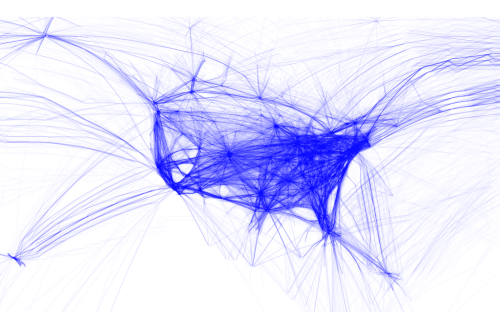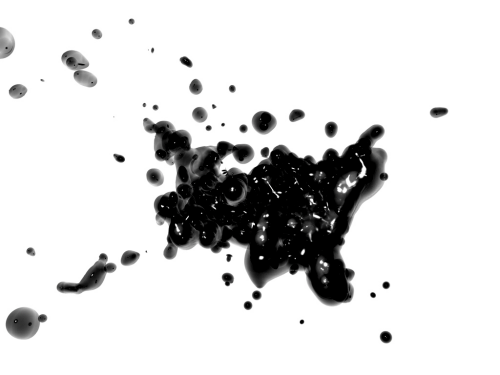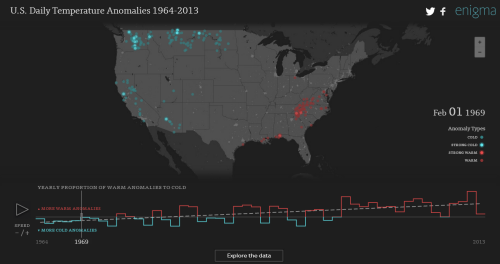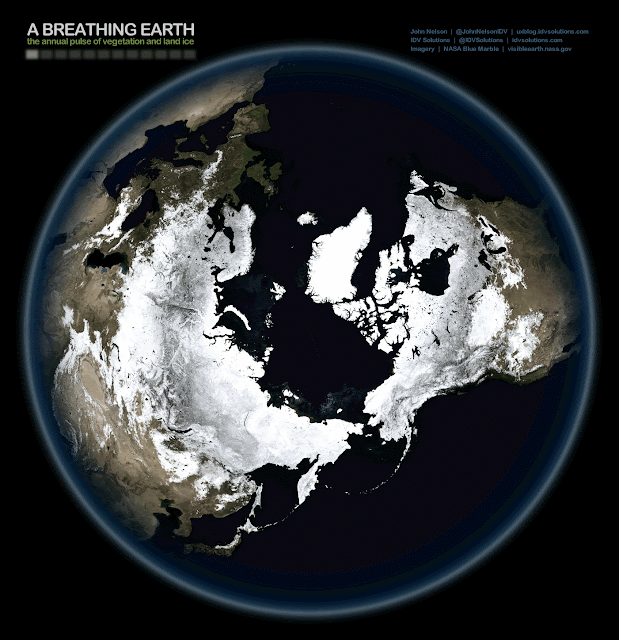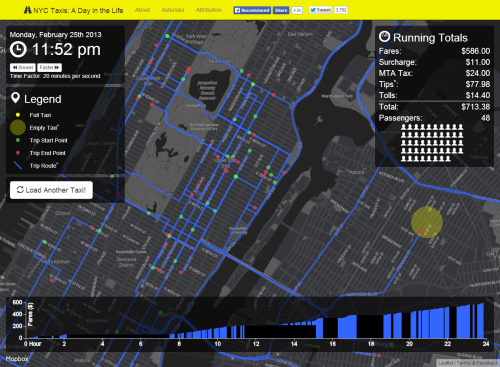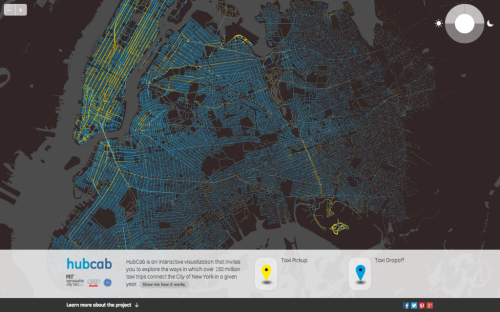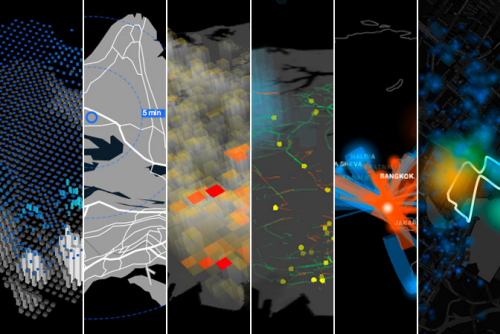Cinematic cartography provides us with a sumptuous feast of data representation. It captures the intricacies and patterns of large datasets and, in particular, those that have some element of flow or movement about them. Here, NATS give us a state-of-the-art 2 minute 30 second video showing the patterns of air traffic in and out of UK airspace over a 24hr period incorporating some 7,000 separate flight movements.
Of course, there are the usual flights in and out of the UK in addition to local flights but there’s also some really fascinating vignettes and what NATS do well is not simply present the viewer with a mass of moving stuff…they have gone to the effort of incorporating text and moving the image around to explain precisely what is being seen. This teasing out of individual elements gives context to the overall patterns and allows us to appreciate the complexity all the more.
There’s an ebb and flow of movement beginning with transatlantic traffic, then European arrivals followed by the first wave of departures and the congestion build up around the usual nodes of London, Manchester and central Scotland. They then focus on the holding stacks over Heathrow airport before picking out some military training flights and the movement of oil-rig workers from Aberdeen to North Sea rigs.
The aesthetic of the film perfectly matches the function with darker base elements and glowing flow lines. The marginalia and textual components are in balance with the overall piece and the movement, panning and zooming works well to take us on a tour without awkward jolts visually or in relation to the content in view. Speed, resolution and camera control are perfectly attuned to give the viewer a pleasing visual experience.
Fascinating and beautiful. The melding of cartography with large fluid datasets in an engaging form.
You can read more about the video and also links to other similar works from NATS on their web site here.

